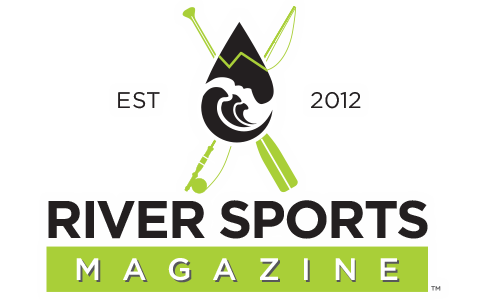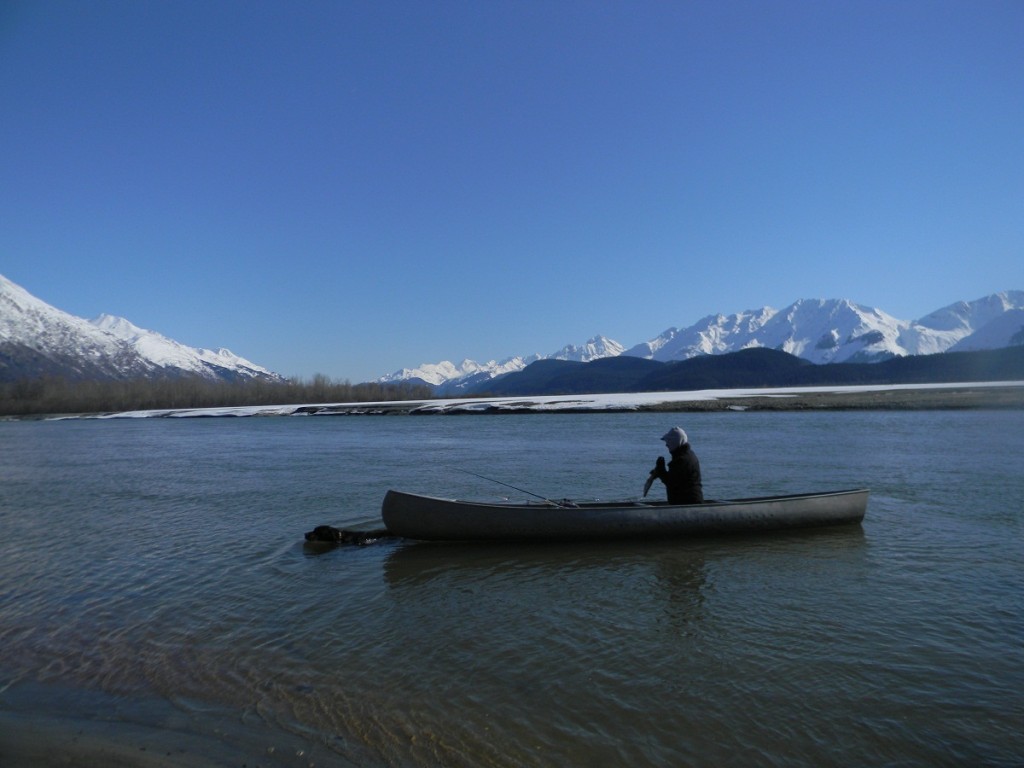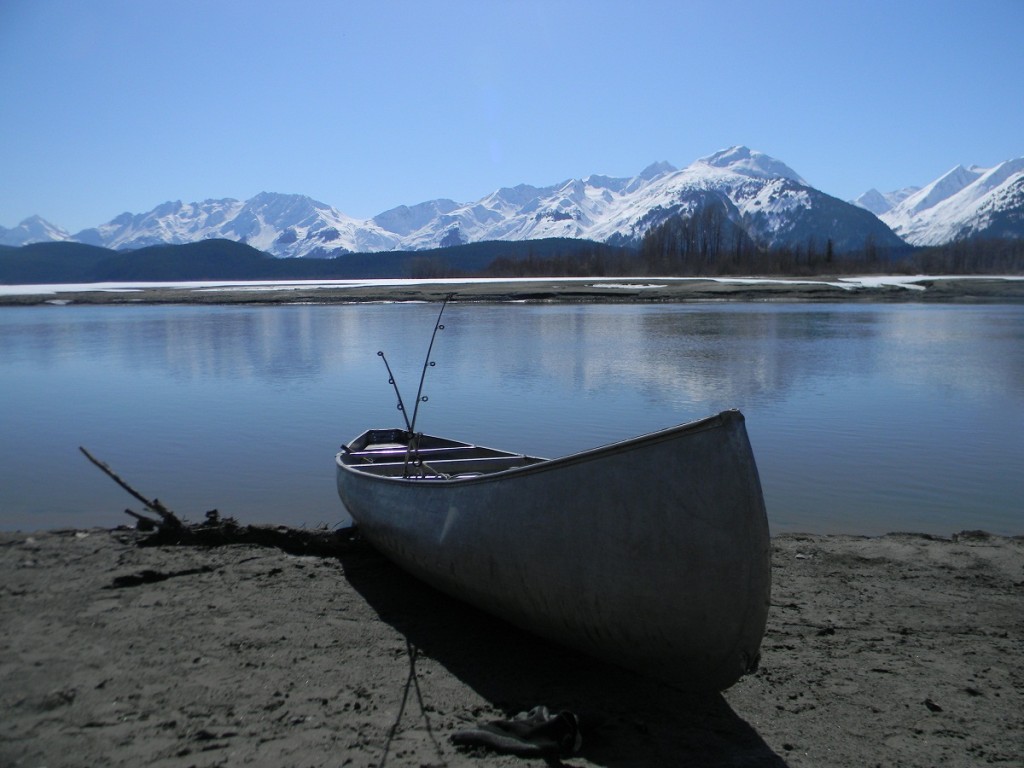Written by Angela Goodwin
History: The first canoes were made from hollowed-out trees approximately 8,000 years ago. Indigenous people of North America relied on them for transportation and trade.
John MacGregor founded the first canoe club, Royal Canoe Club, in 1866 after he was introduced to canoes by Natives in Canada and the United States. He later built his own and used them in several different countries as a means of transportation.
The first canoe competition was the Paddling Challenge Cup in 1874. In 1936, canoeing hit the Olympics for the first time.
What is a canoe: A canoe is a narrow boat that is pointed at both ends. The stern is the back of the boat and is occupied by the person who will use a single-ended flat paddle to steer, and to thrust the boat forward. The bow is the front of the boat and in a two-person canoe is occupied by a person who will paddle and help steer and watch for objects that the person in the back may not see.
Back paddling is a technique where the paddler pushes backwards against the water and against the current to move the bow of the canoe away from obstacles or to guide in another direction.
The paddler in the bow will also use small back-paddling motions to steer away from rocks and other obstacles that the stern paddler cannot see.
When two persons, are paddling, each one paddles on opposite sides; switching sides often to help prevent muscle fatigue. In fast-moving water sometimes both persons paddle the same side to steer the boat.
A single person paddling a canoe has a much bigger job; mainly because that person is both steering and moving the boat forward. It is also not balanced equally, as the weight is in the back and it leaves the bow weightless. This causes it to be higher in the water. However, it can be done if you learn the correct procedures.
A safe place to learn any kind of canoeing is on calm water; a pond or lake might be an ideal place.
Types of canoes can vary depending on what kind of water you will be on and if there will be one or two people. A solo flatwater canoe is made for one person and is used on calm water. A tandem flatwater canoe is a two-person canoe for calm water. There are also solo and tandem canoes made for use in whitewater.
Different types of paddles are used for different kinds of water and for several kinds of sports. A few examples are the voyager, beavertail, ottertail, bent-shaft and the whitewater paddle. The voyager, beavertail and Ottertail are used for general paddling, as on flatwater. The T-shape (the grip) on the end of each paddle provides an easy, sure grip in any kind of water.
Holding a paddle correctly is important. The parts of a paddle are the grip (the T-shape) at the top for gripping, the shaft (the long, narrow section, also used for gripping), the throat (just above the blade of the paddle) and the tip (the tip of the blade).
One hand holds the grip while the other grasps the shaft. To position your hands, hold the grip in one hand, and position the other hand, approximately an arm’s length down the shaft; it should be about six inches above the blade. A sweeping motion backwards in the water will propel the canoe forward.
Changing the direction of the canoe can be done with several different motions, switching from side to side and back paddling. Back paddling means to push the paddle against the force of the water.
As in any kind of water sport, taking lessons from a professional is the best way to learn.
Learning how to balance a canoe is important. Knowing your center of gravity is important in a canoe so as not to tip it over. Please check with a professional or take a class in learning the balance.
Equipment: Life jacket (always wear one), helmet, extra paddles, straps to secure objects, dry bags to stow away sleeping bags, tents, utensils, extra clothing, food, medicine and a first aid kit.
Depending on water temperatures: According to the American Canoe Association, if water temperatures are below 60 degrees Fahrenheit or the combination of air and water temperature is below 120 degrees Fahrenheit a wetsuit is recommended and a dry suit is highly recommended.
Swimming: As in any water sports, knowing how to swim is important. If you are not a swimmer, some lessons in at least the basic swimming strokes can help save your life.
What is so enjoyable about canoeing?
To put it plain and simple, for me, just being out there on the water and in nature. On the physical side of things, there is always the upper body workout that so many people enjoy. Paddling a canoe is not just a workout for your arms: It works out the body from the shoulders to the back, stomach and waist.
Where to go: If you are a beginner, the best place to learn is on calm flat water, such as a pond, lake, or slow-flowing river. As a kid, I played and learned on small ponds and lakes.
Purchasing your first canoe and equipment:
www.redrockstore.com/canoeshop/
www.oldtowncanoe.com/canoes/choosing_a_canoe/
(Just to name a few)
Check into your local sports stores for more information and to get help. Another good place to start is your local library. I found several different books with great information from “how to” to “safety.”
Search on the Internet for “learning how to canoe,” and “canoe outfitters and companies.”
Resources:



Follow us for the latest news!